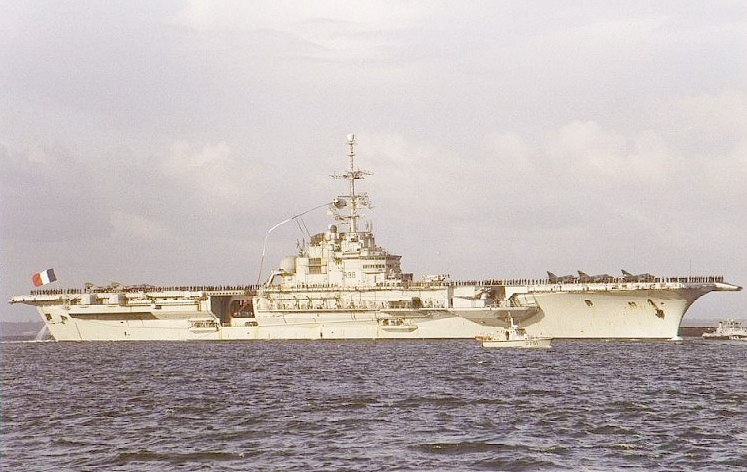Re the Medium Aircraft Carrier. I wrote this thread on Alternatehistory.com before I became a believer in the theory that "steel is cheap and air is free".
Argus class Aircraft Carrier HMS Glorious
It became so big that I'm spinning it off Alternative Warships of Nations into its own thread...www.alternatehistory.com
How could I miss that ? It's amazing ! Kind of RN building 4 Clemenceaus... better to have smaller but brand new ships than a collection of cranky WWII carriers (Audacious Illustrious Centaurs) impossible to modernize at a reasonable expanse...

